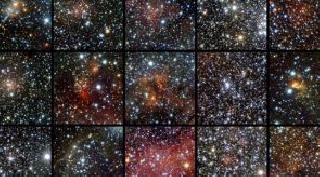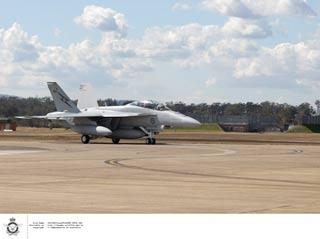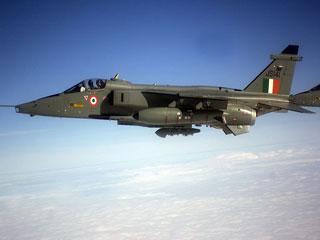
PARIS (BNS): Astronomers, using the VISTA infrared survey telescope, have spotted as many as 96 new open star clusters hidden behind dust in the Milky Way galaxy.
This is the first time that such a large number of faint, small stellar clusters have been discovered at once.
The majority of stars with more than half the mass of our Sun form in groups, called open clusters. These clusters are the building blocks of galaxies and vital for the formation and evolution of galaxies such as our own.
However, stellar clusters form in very dusty regions that diffuse and absorb most of the visible light that the young stars emit, making them invisible to most sky surveys.
But for the 4.1-m infrared VISTA at ESO’s Paranal Observatory, which is the world’s largest survey telescope equipped with sensitive infrared detectors, the star clusters have failed to escape.
“This discovery highlights the potential of VISTA and the VVV (Variables in the Via Lactea) survey for finding star clusters, especially those hiding in dusty star-forming regions in the Milky Way’s disc. VVV goes much deeper than other surveys,” says Jura Borissova, lead author of the study.
Since 2010, the VISTA Variables in the Via Lactea programme (VVV) has been scanning the central parts of the Milky Way and the southern plane of the galactic disc in infrared light.
While a total of 2500 open star clusters have been traced in the Milky Way to date, astronomers estimate there could be as many as 30,000 of them, hiding behind dust and gas in the galaxy.
And the recent discovery by VISTA could just be a tip of the ice berg.
“We’ve just started to use more sophisticated automatic software to search for less concentrated and older clusters. I am confident that many more are coming soon,” adds Borissova.
The researchers present their findings in the journal Astronomy & Astrophysics.
 Previous Article
Previous Article Next Article
Next Article











The Indian Air Force, in its flight trials evaluation report submitted before the Defence Ministry l..
view articleAn insight into the Medium Multi-Role Combat Aircraft competition...
view articleSky enthusiasts can now spot the International Space Station (ISS) commanded by Indian-American astr..
view article